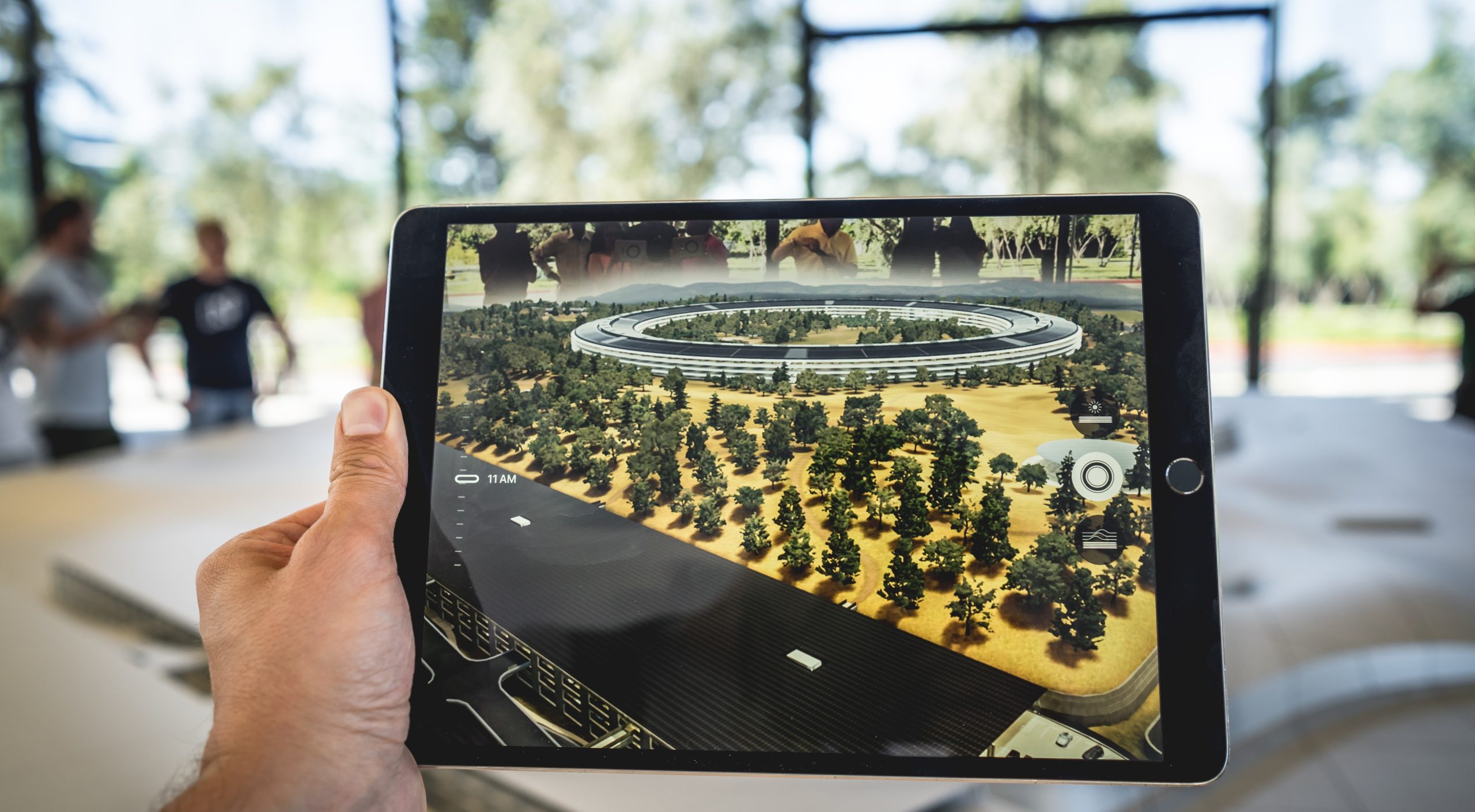Augmented Reality (AR) in the Teaching and Learning Workshop was held at the Dewan UTMLead, UTM on 21st January 2020. In the workshop, Dr. Norazlina Ahmad, the Deputy Director of the Politeknik METRO Johor Bahru shared her innovative experience on AR in teaching and learning and management.
She argued about AR as a technological tool that could assist education to enhance the visualization skills of learners. The descriptions were based on the actual implementation of the AR application carried out at the Polytechnic which proved positive and interesting leading to a better learning experience. The sharing session included a description of AR using relevant pictures, images and videos followed by the historical background of AR, how AR works using Trigger Point, Camera, GPS, Gyroscope, Accelerometer, HMD, HP Screen, Smart glasses and Hololenses.
The session further discussed on categories of AR, such as Marker-based, Marker-less and Location-based tracking, which was followed by a description of AR, VR, MR and how they could assist in teaching and learning. The presenter elaborated on how AR could be used to reduce cognitive load based on the Cognitive Theory of Multimedia Learning developed by Mayer. The application of Mayer’s principles of multimedia learning such as Multimedia, Modality, Redundancy, Spatial Contiguity, Coherence, and Signaling principles were also stressed.
Later, she also shared her experience in developing AR for teaching and learning most particularly on DART Manipulation in Fashion Design, Exploring Apparel Design Student’s Spatial Visualization Ability and how AR could support describing concepts such as Murabahah and designing Teaching Resume with the support of Unity and Vuforia.
In addition, issues arising during implementation of AR such as time and student control, input and output display, flatform, software skills and some limitations with the development and implementation of AR including a budget, time constraint, teacher’s interest, internet connectivity, and administrative support were outlined. She, however, as part of the “things to ponder” emphasized that whatever learning tool a teacher chose, he or she should make sure that they are aligned with the learning objectives.
The potential of AR in teaching and learning also been researched by the authors for chemistry laboratory learning environment and had been published in the Scopus publication: Virtual chemistry laboratory: A panacea to problems of conducting chemistry practical at science secondary schools in Nigeria.
Written by: Faruku Aliyu and Dr. Corrienna Abdul Talib.


